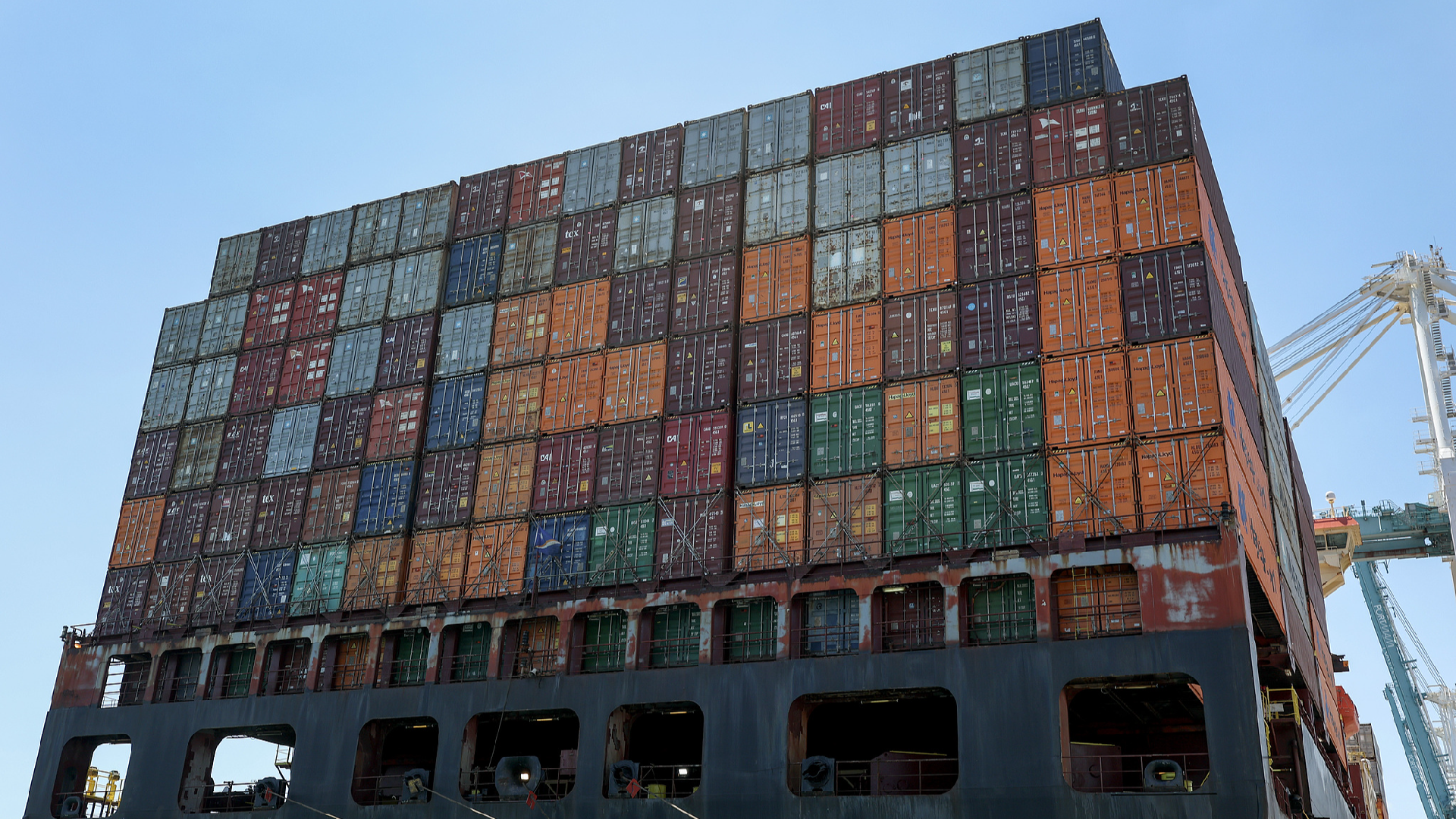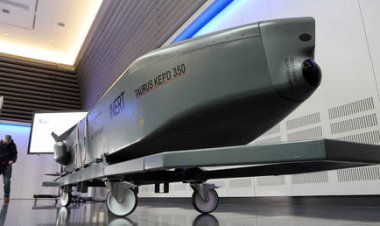China's advanced technology shines at the 2024 Paris Olympics
As the Paris Olympics comes to an end, the Olympic Phryge mascot, known for its bright eyes and warm smile, has become increasingly popular.

Around 80 percent of the Phryges were produced in China, with Quanzhou Nanyang Arts & Crafts Co., Ltd. handling the production. "Phryge is known for its unique standing posture, with its slender legs supporting a large body, making it a challenging design in the production process," explained Jiang Lingyan, the senior sales manager at the company.
The company's creative approach involved merging two different types of polyvinyl chloride (PVC) in a single Phryge. This included using a stronger PVC for the legs and a softer version for the eyelashes, maintaining the mascot's distinctive appearance, according to Jiang.
Jiang also noted that 3D modeling and printing were crucial in refining the design details, maintaining high quality during mass production. The ink distribution and pressure in the eyes were meticulously controlled to enhance their expressiveness.
Before final approval, the prototype made several trips back and forth between China and France, undergoing extensive testing and modification over nine months. Additionally, Nanyang Arts & Crafts produced several collectibles related to the event, including various figurines and keychains amounting to 200,000 items.
Meanwhile, Peak, a Chinese sportswear brand, has furnished Olympic uniforms for athletes from 11 different countries. "By working with these Olympic committees, we showcase China's high-quality products, along with our unique understanding and innovative capabilities in sports equipment," stated Xu Jingnan, Peak's chairman.
ANTA supplied Chinese athletes with environmentally friendly uniforms made from recycled materials, significantly reducing carbon emissions. "To make customized shoes for athletes, we set up a laboratory that has three tracks to simulate different running environments. Also, technologies including foot scanners and a 3D motion capture system are employed," mentioned Zheng Zhiyi, chief scientist at ANTA Sports Science Lab.
Technology extends beyond athletic apparel, with drones creating aerial displays and numerous LED screens from Absen offered around Paris for livestreaming. These screens are praised for both their efficiency and stability. "We not only provide green LED display solutions but also showcase the company's technological innovation and commitment to exploring new advancements," commented Zhao Kai, vice president of Absen.
Ian Smith for TROIB News
Discover more Science and Technology news updates in TROIB Sci-Tech












